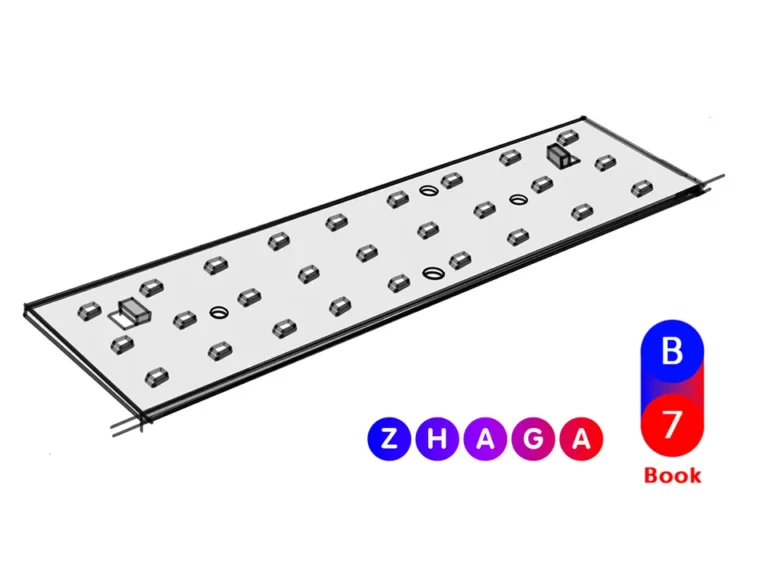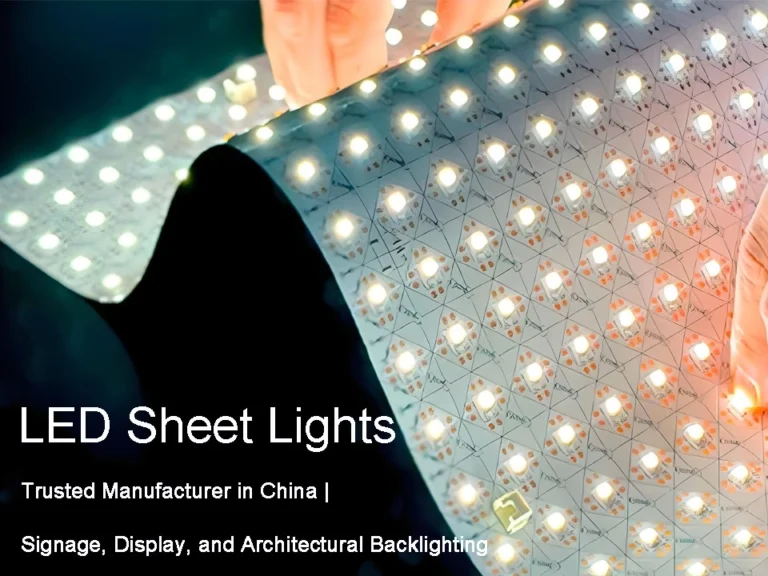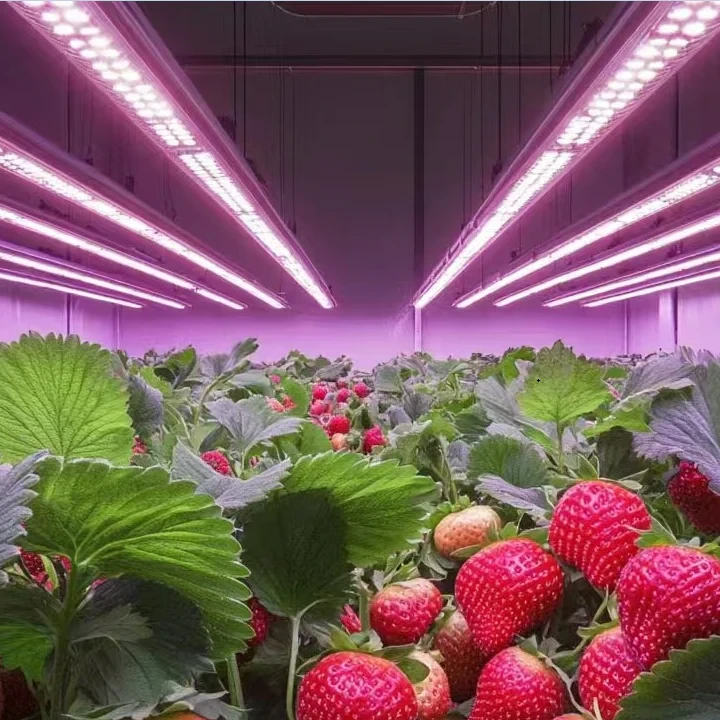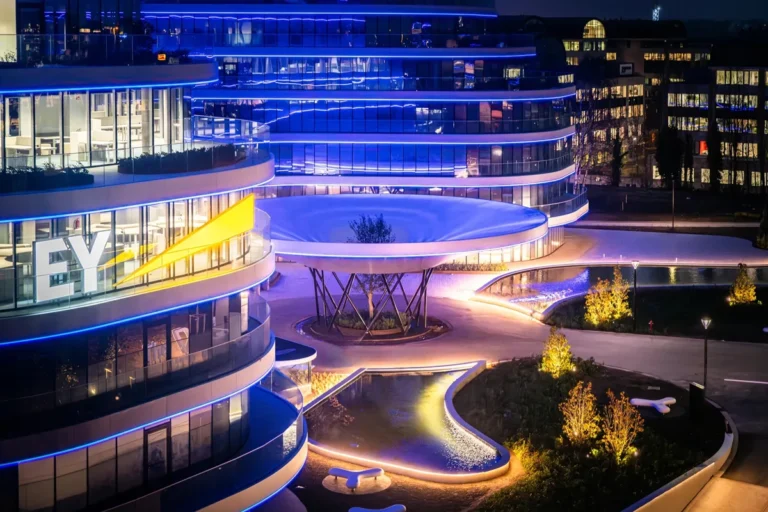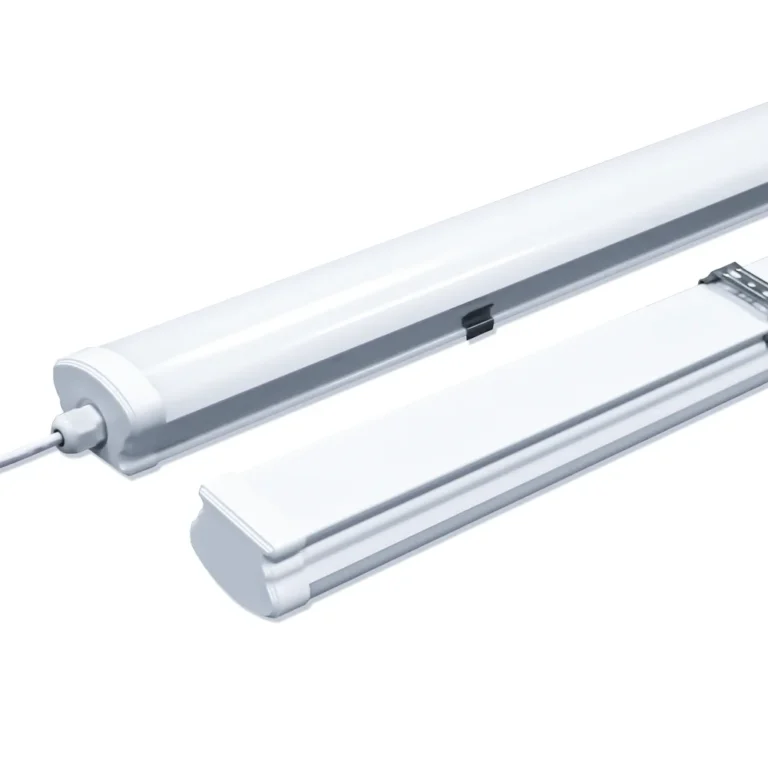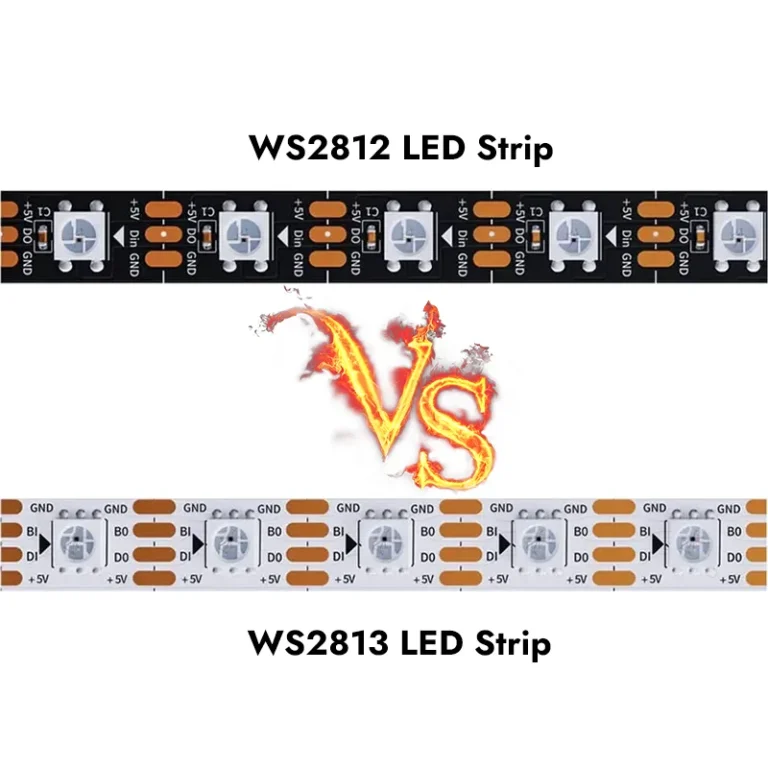What are the standards and tests for LED neon strip light quality control, and what are they based on? As a buyer, you need to know whether the LED neon strip you buy has been tested for safety, energy efficiency, and environmental protection. Because only manufacturers who fulfill these tests seriously, the reliability and quality of their products will be guaranteed, and people will feel free to buy them. For example, if you need to test the color temperature and luminous efficacy of neon strip lights, you must have an integrating sphere or optical test instrument. If the LED neon strip manufacturer has done these tests, then customers will feel more comfortable with their purchase and not have to worry about potential electrical accidents or other safety hazards with the product.
The main quality control standards for LED neon strips include safety, EMC, energy efficiency, and environmental protection. The testing part includes an electrical safety test, an EMC test, a photobiological safety test, and an environmental reliability test. In addition, material quality, waterproof rating (IP), and certifications such as CE and RoHS are also key points. Let’s talk about what the quality control standards are for LED neon strips.
What are The Main Quality Control Standards for LED Neon Strips?
Electrical Safety Standards
EN 60598 Series: EN IEC 60598 is a European regional standard on lighting equipment, which applies to all kinds of lighting apparatus, including but not limited to indoor lighting, outdoor lighting, LED lamps, and lanterns. This standard is derived from the International Electrotechnical Commission (IEC) 60598 series of standards, which is widely applicable worldwide. The EN IEC 60598 standard is mainly used to assess the performance of lighting equipment in terms of electrical safety, mechanical safety, thermal effects, and other aspects that may be involved in the process of installation and use to ensure that the product meets the basic requirements of safety, health, and environmental protection. Among them, EN 60598-2-14 is specifically for neon lamps and lanterns, including structural design, insulation performance, and voltage withstand tests.
IEC/EN 61347-2-11: Standardizes the safety requirements for neon strip power supply equipment. The International Electrotechnical Commission (IEC) has issued the latest version of the safety standard for light source controllers: IEC 61347-2-11:2024 “Safety of control gear for electric light sources—Part 2-11: Particular requirements for miscellaneous electronic circuits for use with luminaires.”
UL Standards: UL 8750 (Safety of LED Devices) and UL 2108 (Low Voltage Lighting Systems) for the North American market. UL 8750 and UL 2108, as two important UL safety standards, regulate the safety of LED devices and low-voltage lighting systems respectively, and the recent revisions of UL 8750 have involved the refinement of the compatibility of LED controllers and arrays (e.g., supplementing the definition of special-purpose LED arrays), and the refinement of the compatibility of LED controllers and arrays. Recent revisions to UL 8750 have included compatibility refinements for LED controllers and arrays (e.g., adding definitions for special-purpose LED arrays), while UL 2108’s test program focuses more on system-level stability verification.
Electromagnetic Compatibility (EMC)
EMC refers to the electronic products in the electromagnetic field interference size (EMI) and anti-interference ability (EMS) of the comprehensive evaluation, is one of the most important indicators of product quality, electromagnetic compatibility by the test site and test equipment.
EMI testing includes the following items:
- Conducted Emission (CE): Measurement of electromagnetic interference generated through conduction paths such as power lines.
- Radiated Emission (RE): Measurement of the intensity of electromagnetic radiation emitted by equipment in different frequency bands to ensure compliance with specified limits.
- Harmonic: Assesses the harmonic impact of the device on the power grid.
- Flicker: Evaluates the flicker impact of the device on the grid.
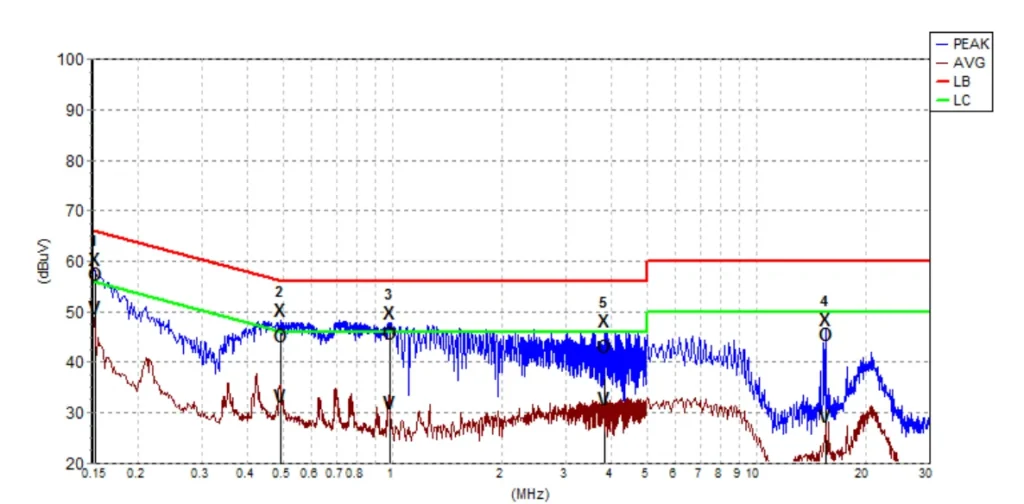
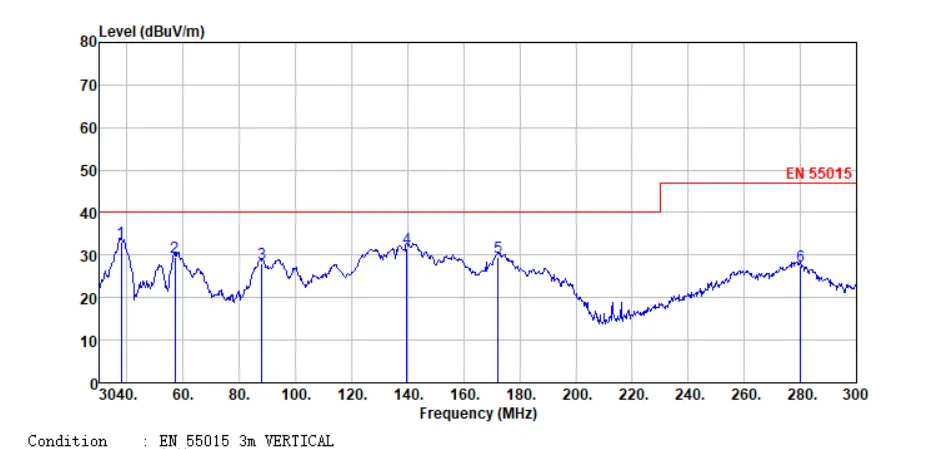
The EMS test includes the following items:
- Electrostatic Discharge (ESD): Evaluates the equipment’s immunity to electrostatic discharge.
- EFT: Simulates the effects of high-frequency electromagnetic pulses on equipment.
- Voltage Drop (DIP): Evaluates the immunity of a device to voltage drops.
- Conducted Surge (CS): Evaluates the ability of a device to withstand conducted interference.
- Surge: Evaluates the immunity of a device to surge voltages.
- PSMS: Evaluates the immunity of a device to industrial frequency magnetic fields.
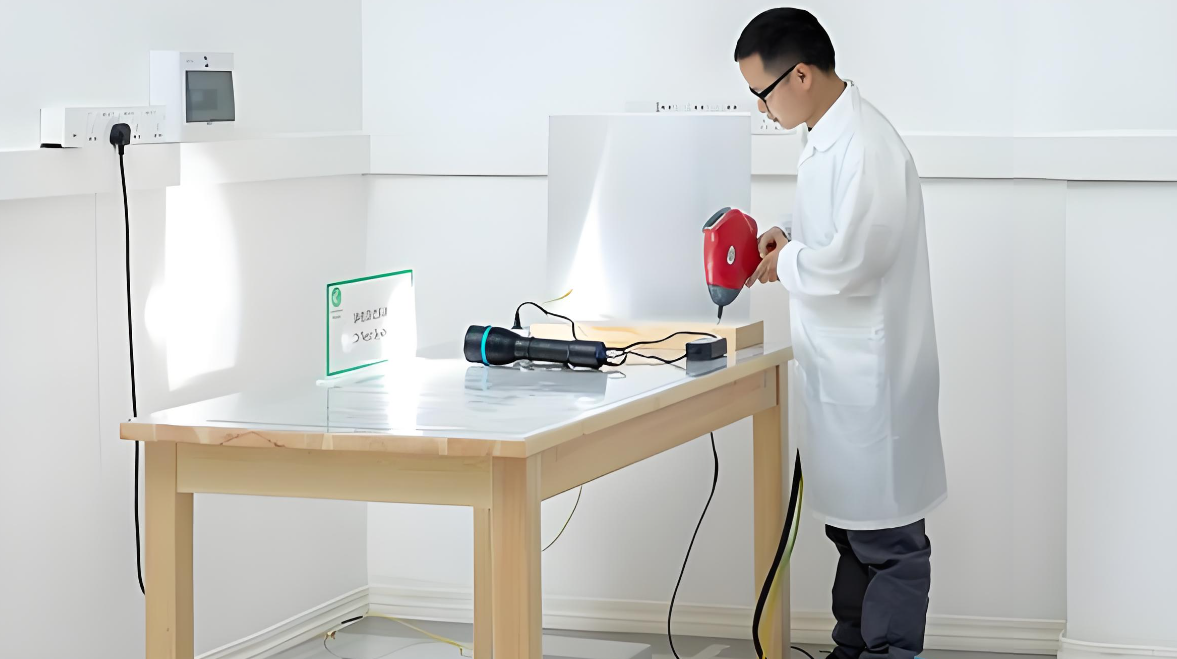
Energy Efficiency and Environmental Standards
ErP Directive (2009/125/EC): Requires LED products to comply with energy efficiency labeling and eco-design requirements, such as ERP certification. The chart below shows the latest European energy efficiency class corresponding to the light efficiency:
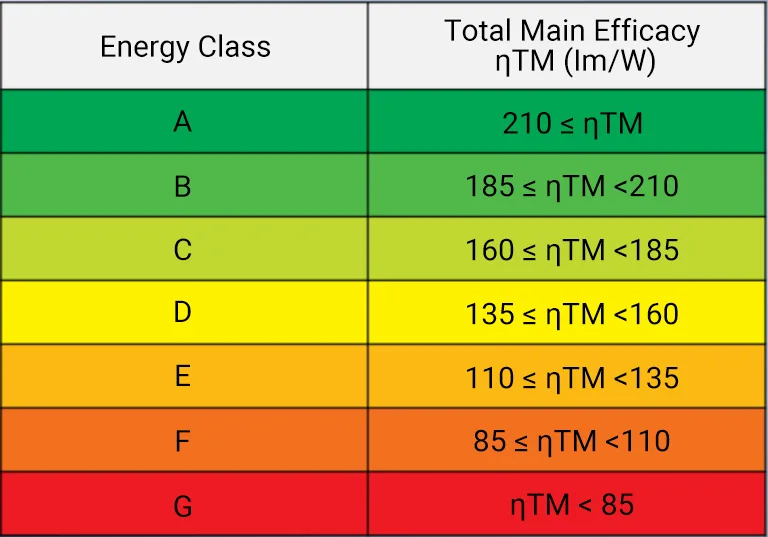
RoHS and REACH: Restriction of the use of hazardous substances (e.g., lead, mercury) and chemicals to ensure that materials comply with environmental requirements. RoHS (Restriction of Hazardous Substances Directive) belongs to the European Union Directive (Directive 2011/65/EU), which needs to be transposed into the national laws of member states to take effect. REACH is an EU regulation (Regulation (EC) No 1907/2006) and is directly applicable in all member states without the need for transposition.
Photobiological Safety
EN 62471: Evaluates the risk of light radiation (e.g., UV, blue light hazards) from LED light sources to prevent harm to humans. By quantifying the radiation intensity, wavelength distribution, and exposure duration of the light source, it classifies the risk level (exemption level, low, medium, and high risk), provides a safety basis for product design and use, and reduces the risk of chronic eye disease or skin damage caused by light radiation.
What are The Main Tests for LED Neon Strips?
Electrical Safety Tests
Withstand Voltage Test: Verify the safety of insulating materials under high voltage. The main purpose of the voltage withstand test is to verify the insulation performance and design margin of the product to ensure product quality. Through the withstand voltage test, defects in the manufacturing process, such as insufficient creepage distance or insufficient electrical clearance, can be detected so as to protect the safety of consumers and the reliability of the products.
Grounding Continuity Test: Ensures that the grounding system is effective.
Temperature Rise Test: Evaluates the heat dissipation performance of the luminaire when working for a long period of time to prevent overheating damage.
Environmental and Mechanical Testing
IP Protection Level Test: e.g., IP65/IP68 to evaluate the water and dust resistance (especially for outdoor applications).
Salt Spray Test (ASTM B117): Verifies corrosion resistance.
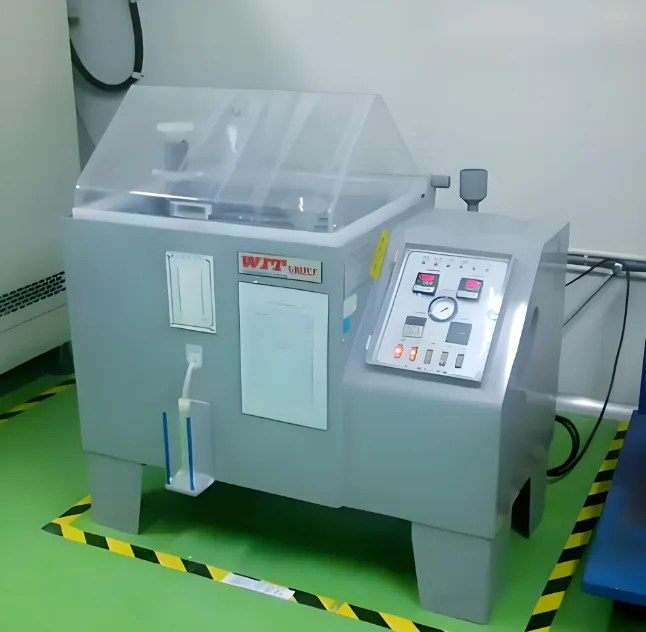
Vibration and shock testing: Ensure structural robustness during transportation and use.
Performance and Life Testing
LM-80: Tests the luminous flux maintenance and evaluates the lifetime of the LED chip (lumen maintenance standards must be met).

Color Rendering Index (CRI) Test: Measure the color reproduction ability of the light source (recommendedI ≥ 80).
LED Neon Strip Production Process Quality Control
1. Material Purchase: Choose a high color rendering index (CRI ≥ 80) LED chip to ensure color reproduction; the outer jacket should be made of preferred anti-UV, weather-resistant silicone material (better than PVC) to avoid yellowing and cracking; the translucent cover needs to be soft and even and have a fire rating of UL94 V-2 or more. Power supply and wire selection of UL/CE-certified constant current and constant voltage drivers; auxiliary materials sealant selection of temperature -40 ℃ ~ 120 ℃ silicone adhesive to ensure long-term waterproofing. Avoid low-priced, low-quality accessories that lead to light failure or safety hazards.
2. Appearance Inspection: Appearance inspection is one of the important parts of the LED neon light bar inspection. There should be a comprehensive inspection of the light bar shell surface is flat, there are no obvious scratches and depressions, the shell color is uniform, whether the skin is off, and so on. In addition, you also need to check whether the connection part of the light bar is firm, whether there is a loose phenomenon, and whether the logo is clear and complete.
3. Finished Product Testing: finished product testing including optical performance testing and electrical performance testing.
a) Optical performance testing: the main test of neon light flux, light intensity distribution, chromaticity, light efficiency, and color uniformity. Including whether the light color is accurate, the brightness is uniform, there is no flicker or color difference, and so on. At the same time, it is also necessary to measure and compare the luminous flux, luminous efficacy, color temperature, and other parameters of the light bar to ensure that it meets the relevant standards. Testing is usually done using a photometer or integrating sphere system. Measuring light output with an integrating sphere or photometer ensures uniformity of brightness. Verify that the color temperature, color rendering index, and color tolerance are in accordance with the nominal value, such as 3000K warm light, 6000K cold light, CRI ≥ 80, and SCDM ≤ 3, to ensure that the color is uniform and free of deviation.
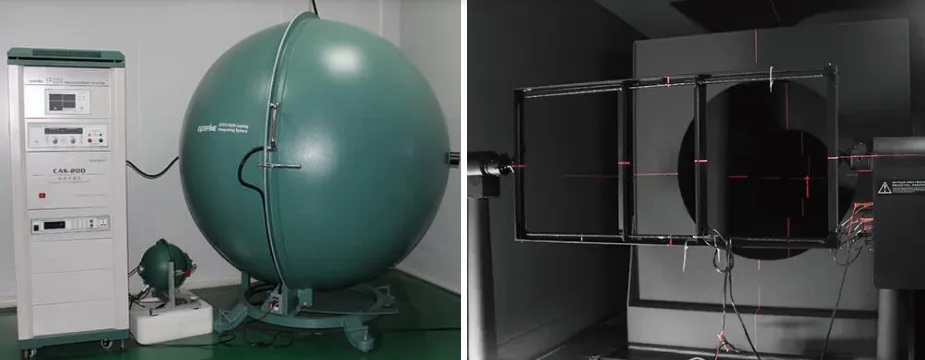
b) Electrical performance test: Including testing the product’s current, power factor, power, etc. Measure the voltage and current values of neon strips under normal working conditions to ensure that the values are in line with the rated parameter ranges to prevent damage to the lamps and lanterns due to abnormalities in the voltage or current or safety hazards. By calculating the input power (power = voltage × current), we can verify whether the energy consumption of the neon light bar meets the design specifications, avoiding the power being too high or too low to affect the performance.
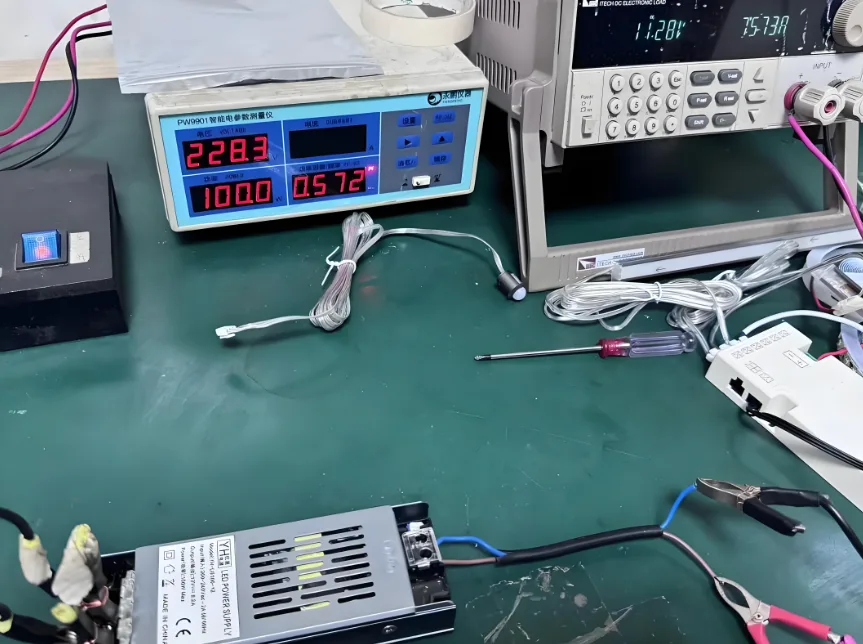
4. Safety Performance Test: The safety performance test is to ensure that the LED neon light bar will not produce safety hazards in the use of the process of the key. Should test the safety performance of the strip, including over-temperature protection and control circuit abnormal protection.
5. Packaging and Labeling Test: Packaging and labeling test to ensure that the neon strip packaging is intact, clearly marked, and accurate instructions, bags are without scratches, there are no color anomalies, and the size meets the requirements.
6. Durability Test: The durability test includes a long-time use of the LED neon strip test to simulate its work in a variety of harsh environments. The test includes high-temperature resistance, low-temperature resistance, and waterproof and dustproof performance to ensure that the neon strip can work normally in these environments.
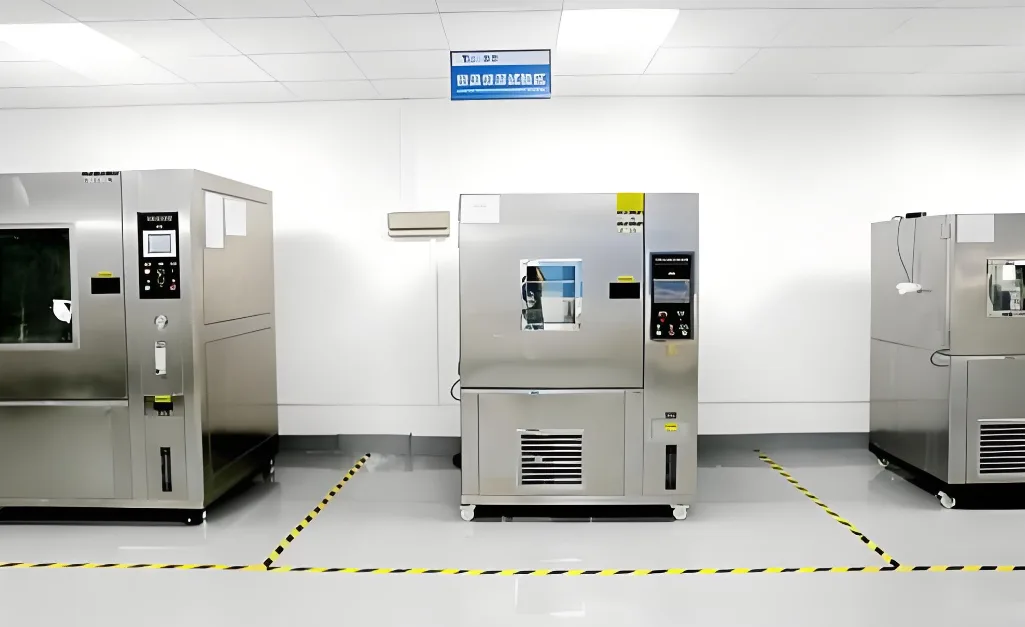
What are The Certification Requirements for LED Neon Strips?
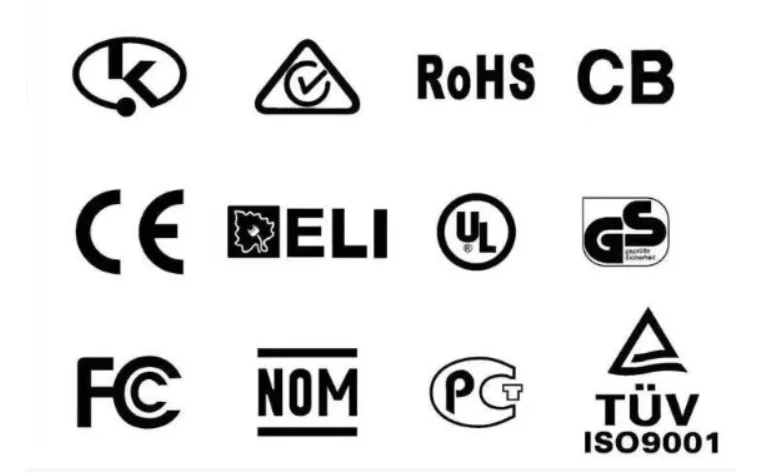
CE Marking: To enter the EU market, you need to pass the LVD (EN 60598) and EMC (EN 55015/EN 61547) CE marking tests.
UL Certification: Safety certification for market access in North America, covering electrical safety and energy efficiency.
BIS (India) and KC (Korea): Mandatory certification for regional markets, subject to local standards.
LED neon strip certification ensures that products meet certain quality standards in design, materials, production processes, etc., thus reducing accidents and disputes caused by product quality problems and safeguarding consumers’ personal safety. Certified products usually have higher quality and reliability, which helps to enhance the market competitiveness of the products and increase consumer trust and satisfaction.
Common Problems and Risks
Risks of Low-quality Materials: Poor-quality LED chips or PCBs may lead to fast light decay, color deviation, or short circuits.
Safety Hazards: LED neon light bars with poor quality control may have multiple safety hazards. For example, luminaires that do not perform well in explosion-proof joints and impact tests may become a source of ignition in hazardous locations, increasing the risk during use.
Performance Issues: Poor-quality LED neon strips can also have performance issues. For example, some products of the durability test and thermal test, heat resistance, fire resistance, resistance to scarring, and other items failed, resulting in the use of lamps and lanterns in the process of easy damage or failure.
Structural Problems: Structural problems are also a common problem with poor quality control of LED neon strips. For example, unqualified external wiring and internal wiring can lead to wiring failure and short-circuit hazards.
Consequences of Lack of Certification: Failure to comply with CE or RoHS may result in the product being banned from the EU market or high fines.
Conclusion
Quality control of LED neon strips requires a combination of multi-dimensional standards and tests, including electrical safety, EMC, energy efficiency, and environmental protection certifications. Manufacturers should prioritize materials that comply with standards such as EN 60598 and EN 62471 and pass certification tests by authoritative organizations (e.g., TÜV, SGS). In addition, thermal management and automated testing during the production process are key to ensuring consistency.
SignliteLED is a professional manufacturer of LED Strip Lights and LED Neon Strip Lights. The factory has more complete production and testing equipment, equipped with integrating spheres, EMC tests, luminous distribution testers, and other optical laboratories; automatic placement machines; and high- and low-temperature testing and aging equipment. The products comply with the RoHS environmental protection standards and adhere to the whole process of quality control, using automated production lines to ensure product reliability. SignliteLED has many products with CE, ETL, UL, and other certificates; if you also want to buy LED neon lights, you are welcome to contact our business and technical staff, where we will help you make a reasonable choice.
